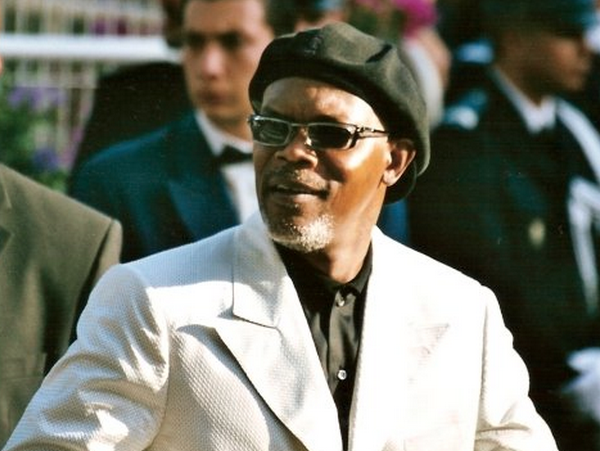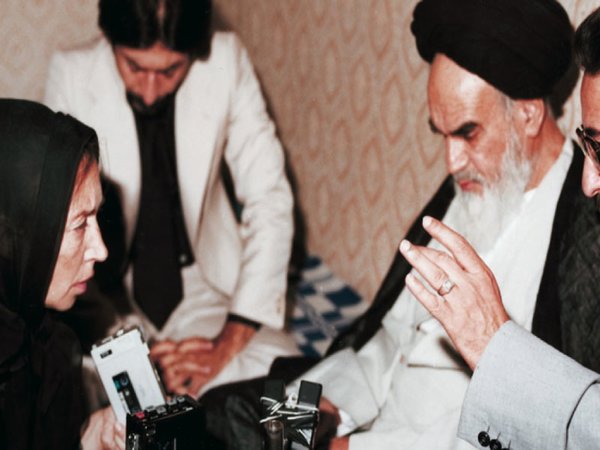In an age where – to quote Rupert Murdoch – “scarcely a day goes by without some claim that new technologies are fast writing newsprint’s obituary,” the future of student newspapers, and newspapers in general, is hardly secure.
Critics blame the loss of the “rivers of gold”, or the classified advertising revenue streams, as one of the major reasons for the downwards spiral newspapers are in — not to mention the rate at which audiences are flocking to the internet and abandoning the traditional media. In response to the rising popularity of the internet, news agencies are fast migrating to the web but are having trouble making these online articles pay – you pay for a newspaper, why not online news too?
And on top of these concerns, student newspapers have long been battling with limited funding from university councils, and the recent Voluntary Student Unionism legislation did nothing to help their cause. One might even suggest the migration to the web could be a welcome change for student newspapers — it’s a cheaper medium than print, as student newspapers don’t have cover charges or anywhere near the advertising rates larger papers do. Oh and it saves more trees. Melbourne University’s Farrago already publishes both online and in print, and Monash University’s Lot’s Wife also has an online presence. Rabelais is yet to follow. But considering recent editions, one could even question if it is worth bothering with student newspapers at all in the near future.
“Following the tradition of all student newspapers, we must condemn all those fabulous celebrities for glamorising drugs and consequently making us want to take them”. This was the introduction of an article titled “Drugs” in Rabelais’s first edition for 2008. The article goes on to give explanations of “the mainstream drugs and their telltale signs”, including the alleged benefits of ppeed (“An excellent night out that only feels like it lasted for ten minutes”), advice on prescription drugs, Dextroamphetamine, Valium, Ritalin, and Xanax (“All work perfectly fine as long as you do not actually need to take them (if you are prescribed them, sell?)”), and that ecstasy is “easily obtained for around $30” and cannabis is also “cheap and easy to get” — just in case you were in the market.
News? Opinion? Investigative journalism? In 1995 Rabelais came under federal scrutiny when the then four editors published an article titled, “The Art of Shoplifting”. Although intended as a “satirical triumph over capitalism”, the court banned the article as material that “promotes, incites, and instructs in matters of crime or violence”. The four editors each faced up to six years in jail, and a $72,000 fine, but all charges were eventually dropped after a lengthy appeal process. The article provided a step-by-step guide to shoplifting and included advice such as: “It is always a good idea to carry a bag although you should never stash anything in it — if security/sales staff are suss on you the first place that they’ll check is your bag.” And once again one could ask is this news? Opinion? Or even journalism? The court even went as far to say it “lacked literary or artistic merit”.
When Rabelais was founded in 1967, the same year La Trobe University opened, Michel Lawrence, the first editor of the paper, chose the name because “it suggested bawd, which he liked”, according to Don Watson, another early editor of the paper. A cursory glance at the Concise Oxford English Dictionary definition of bawd, “a woman in charge of a brothel”, almost seems appropriate, but perhaps “bawdy”, which is described as “humorously indecent talk or writing”, fits even better.
But then I guess it depends on who’s reading the paper. The Retail Traders Association certainly didn’t find “The Art of Shoplifting” funny. In the first editorial of Rabelais, on July 24, 1967, Michel Lawrence wrote: “Rabelais has to show that La Trobe is a thinking, active university… It is hoped that our articles will be refreshing, origional (sic) and different. We hope that the paper will eventually become more sophisticated in both content and production.”
Written and published in his own handwriting, Lawrence’s editorial appeared alongside the many photos of students holding teddy bears and flowers, articles on university chaplains, poor catering facilities, and people being “lulled into drowsy unawareness” from the library heating. But the now yellowed pages of “The Mouse That Roared!!” serve as a reminder of what student newspapers should be about.
Ten years later, the paper had grown to include articles on surrounding suburbs, such as: “The controversial Banksia-Bell Street connection proposals”, it had more political content, such as: “Why does the ALP always seem so ineffectual?”, and in all Rabelais provided around 40 pages of news and opinion to La Trobe’s students.
But fast forward another 30-odd years, to the shoplifting article, or 40, to the piece on drugs, and I wonder: is this what Michel Lawrence had in mind when he hoped for “sophisticated” content? Or if this is how he intended to prove La Trobe is a “thinking, active university”?
This year, however, Rabelais has taken a different approach to the magazine-style, themed editions of the past years, and now, thanks to the new editor, Leticia Quintana, is published regularly and in a newspaper format it’s headlines including “LTU Bookshop Sells to Private Interstate Business”, “Iranian Leaders Visits La Trobe” and “Court Gives Textbook Tax Breaks”. The paper is a lot closer to the original 1967 pages.
While some La Trobe students are in “shock” and “cannot believe Rabelais is actually worth reading”, others feel that the paper has turned into a “collection of stale campus news with little of the fun content and light relief that has characterised Rab for so long”. But if articles praising party drugs, instructing people how to shop lift and pondering why more females don’t like anal sex, are considered “fun” and a worthy excuse for having a student newspaper, I don’t see how they are worth saving.
Surely there are better ways to spend the funds (albeit very little) allocated to these publications, if this is what students actually want to read. And while the future of newspapers seems up in the air, personally, I love print and I’m optimistic about its future. It’s just the content of “so-called” newspapers — whether they be student-run or not — that worries me.
Ashley Fritsch is a final-year Bachelor of Journalism student at La Trobe University.






